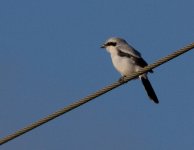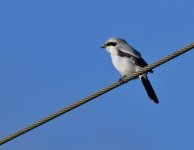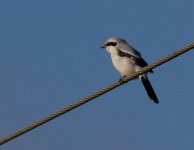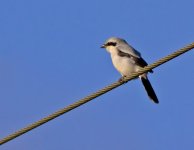senatore
Well-known member
On Saturday I was out in sunny weather trying to get shots of a GG Shrike.I took loads of shots using both RAW and JPEG.
The JPEG shots when seen on the computer were sharp and bright but the RAW shots appeared dull and grainy even when taken in the same conditions.I wondered if I'd done something wrong regarding settings etc.
Here is an example not edited except for a crop.It's been converted of course into a JPEG so I can post it.
Any help would be appreciated.
Max.
The JPEG shots when seen on the computer were sharp and bright but the RAW shots appeared dull and grainy even when taken in the same conditions.I wondered if I'd done something wrong regarding settings etc.
Here is an example not edited except for a crop.It's been converted of course into a JPEG so I can post it.
Any help would be appreciated.
Max.









